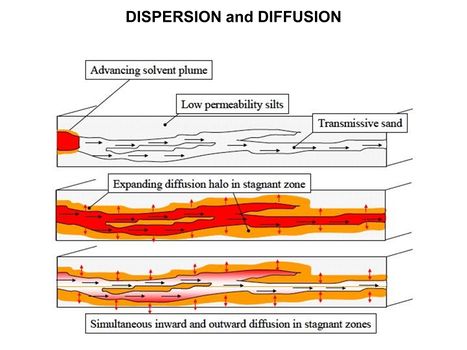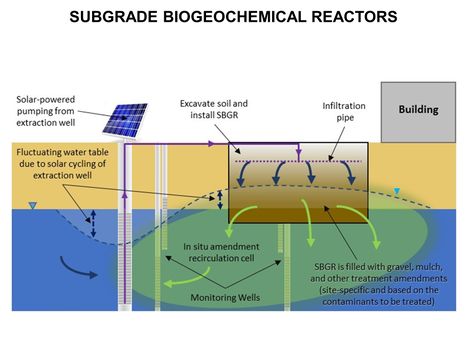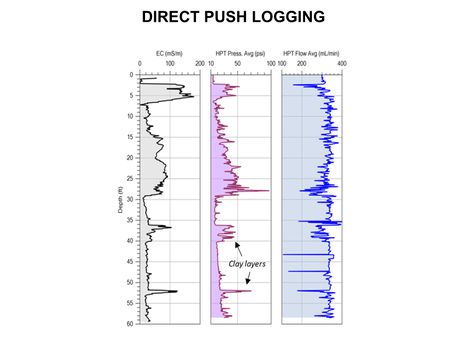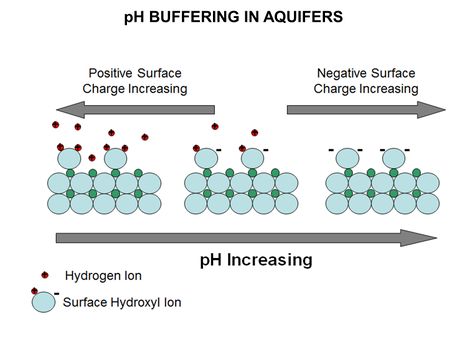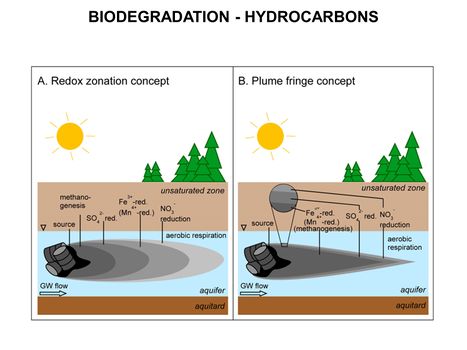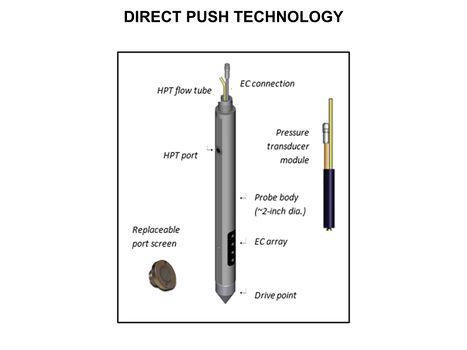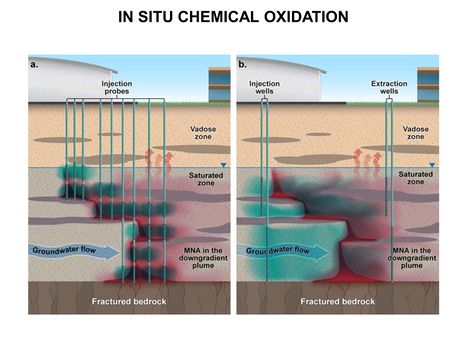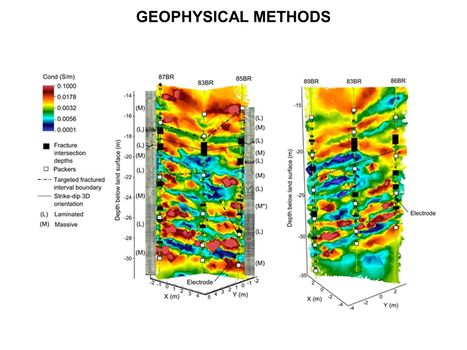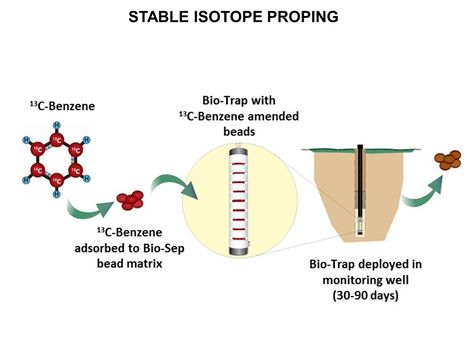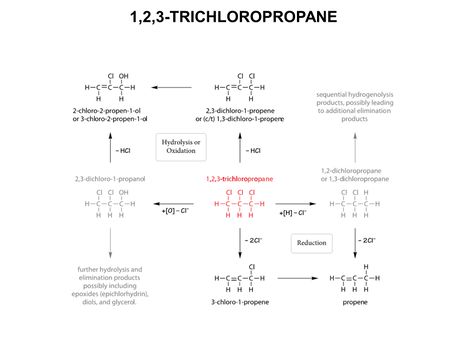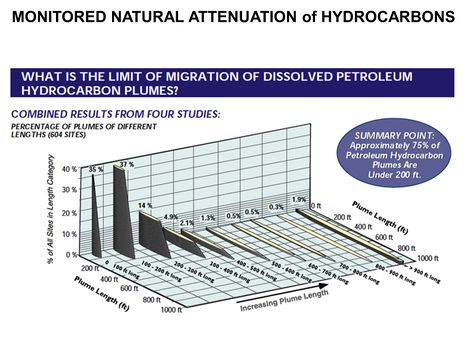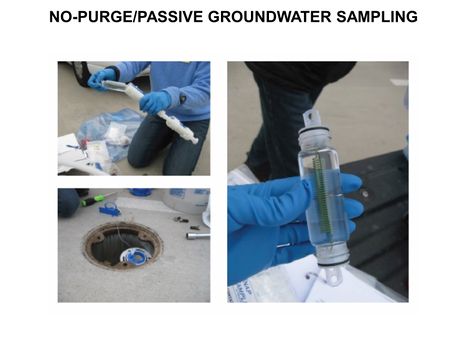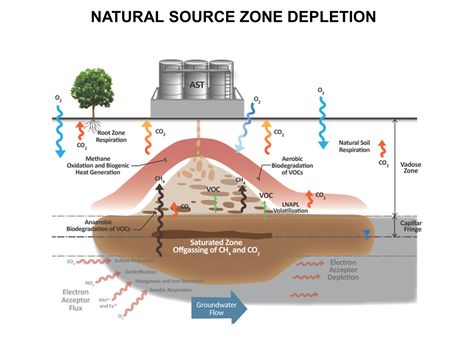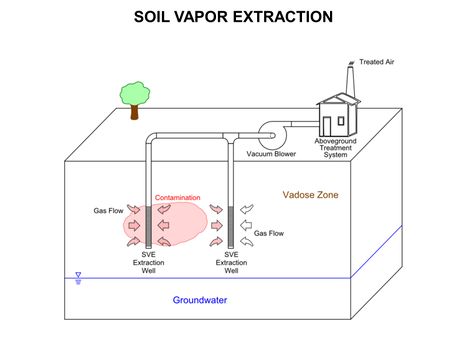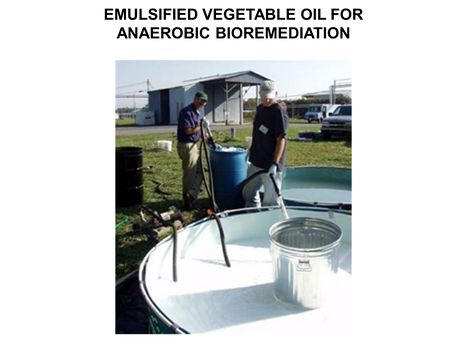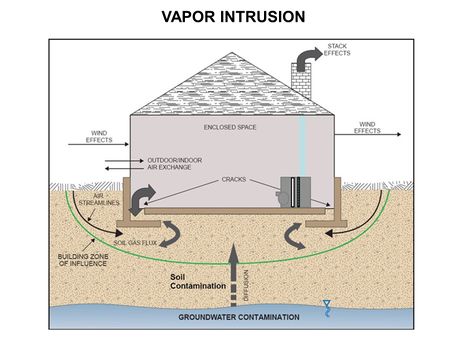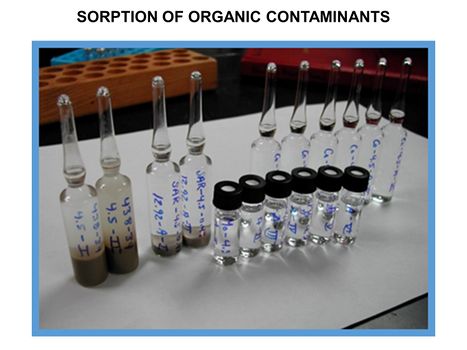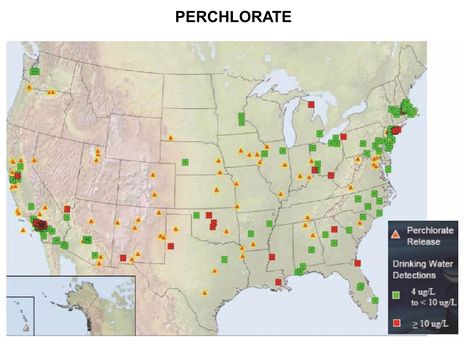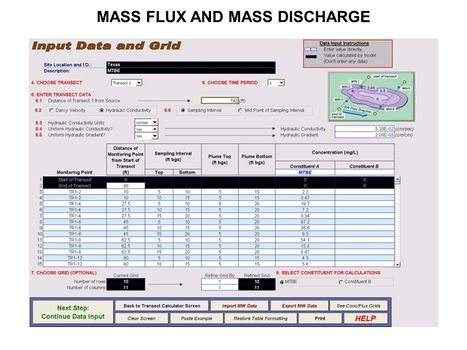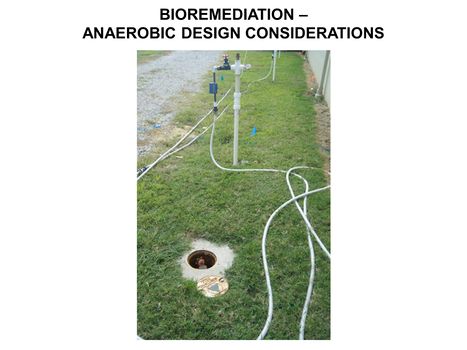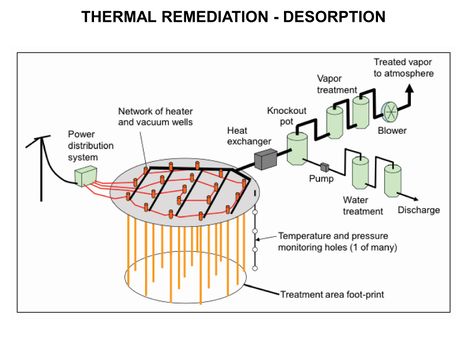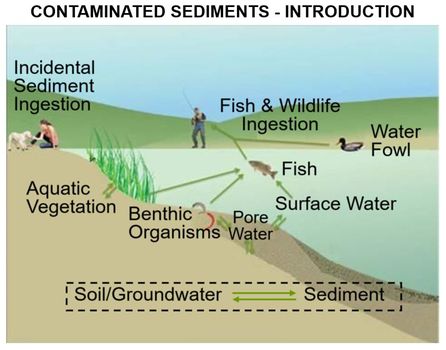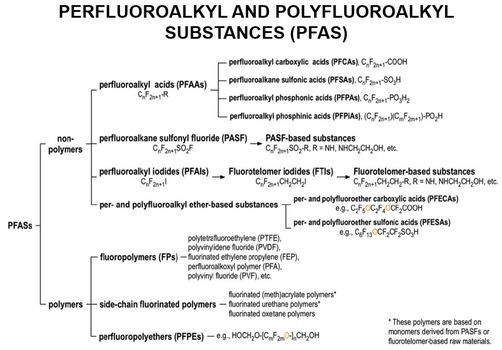Difference between revisions of "Main Page"
(Tag: Visual edit) |
|||
| (12 intermediate revisions by 2 users not shown) | |||
| Line 18: | Line 18: | ||
<!-- TODAY'S FEATURED ARTICLE --> | <!-- TODAY'S FEATURED ARTICLE --> | ||
| id="mp-left" class="MainPageBG" style="width:55%; padding:0; vertical-align:top; color:#000;" | | | id="mp-left" class="MainPageBG" style="width:55%; padding:0; vertical-align:top; color:#000;" | | ||
| − | <h2 id="mp-tfa-h2" style="margin:0.5em; background:#cef2e0; font-family:inherit; font-size:120%; font-weight:bold; border:1px solid #a3bfb1; color:#000; padding:0.2em 0.4em;"> Featured article: | + | <h2 id="mp-tfa-h2" style="margin:0.5em; background:#cef2e0; font-family:inherit; font-size:120%; font-weight:bold; border:1px solid #a3bfb1; color:#000; padding:0.2em 0.4em;"> Featured article: Photoactivated Reductive Defluorination - PFAS Destruction</h2> |
| − | <div id="mp-tfa" style="padding:0.0em 1.0em;">[[File: | + | <div id="mp-tfa" style="padding:0.0em 1.0em;">[[File:WittFig1.png|550px|left|link=Photoactivated Reductive Defluorination - PFAS Destruction]]<dailyfeaturedpage></dailyfeaturedpage> |
| − | [[ | + | [[Photoactivated Reductive Defluorination - PFAS Destruction|(Full article...)]] </div> |
| style="border:1px solid transparent;" | | | style="border:1px solid transparent;" | | ||
| Line 80: | Line 80: | ||
**[[Vapor Intrusion - Separation Distances from Petroleum Sources]] | **[[Vapor Intrusion - Separation Distances from Petroleum Sources]] | ||
**[[Vapor Intrusion – Sewers and Utility Tunnels as Preferential Pathways|Vapor Intrusion - Sewers and Utility Tunnels as Preferential Pathways]] | **[[Vapor Intrusion – Sewers and Utility Tunnels as Preferential Pathways|Vapor Intrusion - Sewers and Utility Tunnels as Preferential Pathways]] | ||
| + | **[[Assessing Vapor Intrusion (VI) Impacts in Neighborhoods with Groundwater Contaminated by Chlorinated Volatile Organic Chemicals (CVOCs)|Vapor Intrusion - Assessing VI Impacts in Neighborhoods with Groundwater Contaminated CVOCs]] | ||
<u>'''[[Characterization, Assessment & Monitoring]]'''</u> | <u>'''[[Characterization, Assessment & Monitoring]]'''</u> | ||
| Line 100: | Line 101: | ||
**[[Stable Isotope Probing (SIP)]] | **[[Stable Isotope Probing (SIP)]] | ||
*[[Natural Attenuation in Source Zone and Groundwater Plume - Bemidji Crude Oil Spill | Natural Attenuation in Source Zone and Groundwater Plume -<br /> Bemidji Crude Oil Spill]] | *[[Natural Attenuation in Source Zone and Groundwater Plume - Bemidji Crude Oil Spill | Natural Attenuation in Source Zone and Groundwater Plume -<br /> Bemidji Crude Oil Spill]] | ||
| + | *[[OPTically-based In-situ Characterization System (OPTICS)]] | ||
<u>'''[[Climate Change Primer | Climate Change]]'''</u> | <u>'''[[Climate Change Primer | Climate Change]]'''</u> | ||
| Line 107: | Line 109: | ||
*[[Infrastructure Resilience]] | *[[Infrastructure Resilience]] | ||
*[[Predicting Species Responses to Climate Change with Population Models]] | *[[Predicting Species Responses to Climate Change with Population Models]] | ||
| + | *[[Restoration of Ecological Function in Terrestrial Systems Impacted by Invasive Species]] | ||
<u>'''[[Coastal and Estuarine Ecology]]'''</u> | <u>'''[[Coastal and Estuarine Ecology]]'''</u> | ||
| Line 137: | Line 140: | ||
*[[Passive Sampling of Munitions Constituents| Passive Sampling]] | *[[Passive Sampling of Munitions Constituents| Passive Sampling]] | ||
*[[Munitions Constituents – Photolysis | Photolysis]] | *[[Munitions Constituents – Photolysis | Photolysis]] | ||
| + | *[[Munitions Constituents – Sample Extraction and Analytical Techniques|Sample Extraction and Analytical Techniques]] | ||
*[[Munitions Constituents - Soil Sampling | Soil Sampling]] | *[[Munitions Constituents - Soil Sampling | Soil Sampling]] | ||
*[[Munitions Constituents - Sorption | Sorption]] | *[[Munitions Constituents - Sorption | Sorption]] | ||
| Line 153: | Line 157: | ||
*[[PFAS Ex Situ Water Treatment]] | *[[PFAS Ex Situ Water Treatment]] | ||
| + | **[[PFAS Treatment by Anion Exchange]] | ||
*[[PFAS Soil Remediation Technologies]] | *[[PFAS Soil Remediation Technologies]] | ||
*[[PFAS Sources]] | *[[PFAS Sources]] | ||
*[[PFAS Transport and Fate]] | *[[PFAS Transport and Fate]] | ||
*[[PFAS Treatment by Electrical Discharge Plasma]] | *[[PFAS Treatment by Electrical Discharge Plasma]] | ||
| + | *[[Photoactivated Reductive Defluorination - PFAS Destruction|Photoactivated Reductive Defluorination]] | ||
<u>'''[[Regulatory Issues and Site Management]]'''</u> | <u>'''[[Regulatory Issues and Site Management]]'''</u> | ||
Revision as of 21:55, 7 August 2024
Peer Reviewed. Accessible. Written By Experts |
Your Environmental Information Gateway |
| The goal of ENVIRO Wiki is to make scientific and engineering research results more accessible to environmental professionals, facilitating the permitting, design and implementation of environmental projects. Articles are written and edited by invited experts (see Contributors) to summarize current knowledge for the target audience on an array of topics, with cross-linked references to reports and technical literature. | See Table of Contents |
Featured article: Photoactivated Reductive Defluorination - PFAS DestructionGroundwater sites contaminated with PFAS are difficult to investigate and remediate due to strict cleanup goals, lack of natural degradation mechanisms for some PFAS, and the high mobility and persistence of several PFAS. As a result, understanding and potentially relying on processes that reduce PFAS migration rates and mass discharge rates is of considerable interest to site managers. This includes a variety of chemical and geochemical retention processes that have been incorporated into the PFAS Monitored Retention (PMR) approach. PMR is a similar concept to monitored natural attenuation (MNA), and the term has recently been adopted in place of MNA to avoid potential confusion with destructive and/or permanent attenuation processes that are part of the MNA strategies for other constituents of concern (COCs). However, many of the processes remain the same, and they are expected to reduce PFAS concentrations and mass discharge during transport from source areas. A key concept of PMR is that retention processes can provide a credible scientific basis for attenuation of PFAS concentrations or mass discharge over time (or distance) that reduce the mobility and risk associated with PFAS in the subsurface. PMR may have applicability as a sole remedy at low-risk sites, but it could also help control low levels of remaining contamination after active treatment. It may also serve as a temporary remedy at sites with no proximate receptors, giving time for the development of more cost-effective technologies. Finally, it can be part of a treatment train at more complex sites where risk-based approaches are acceptable.
(Full article...)
|
Enviro Wiki Highlights |


